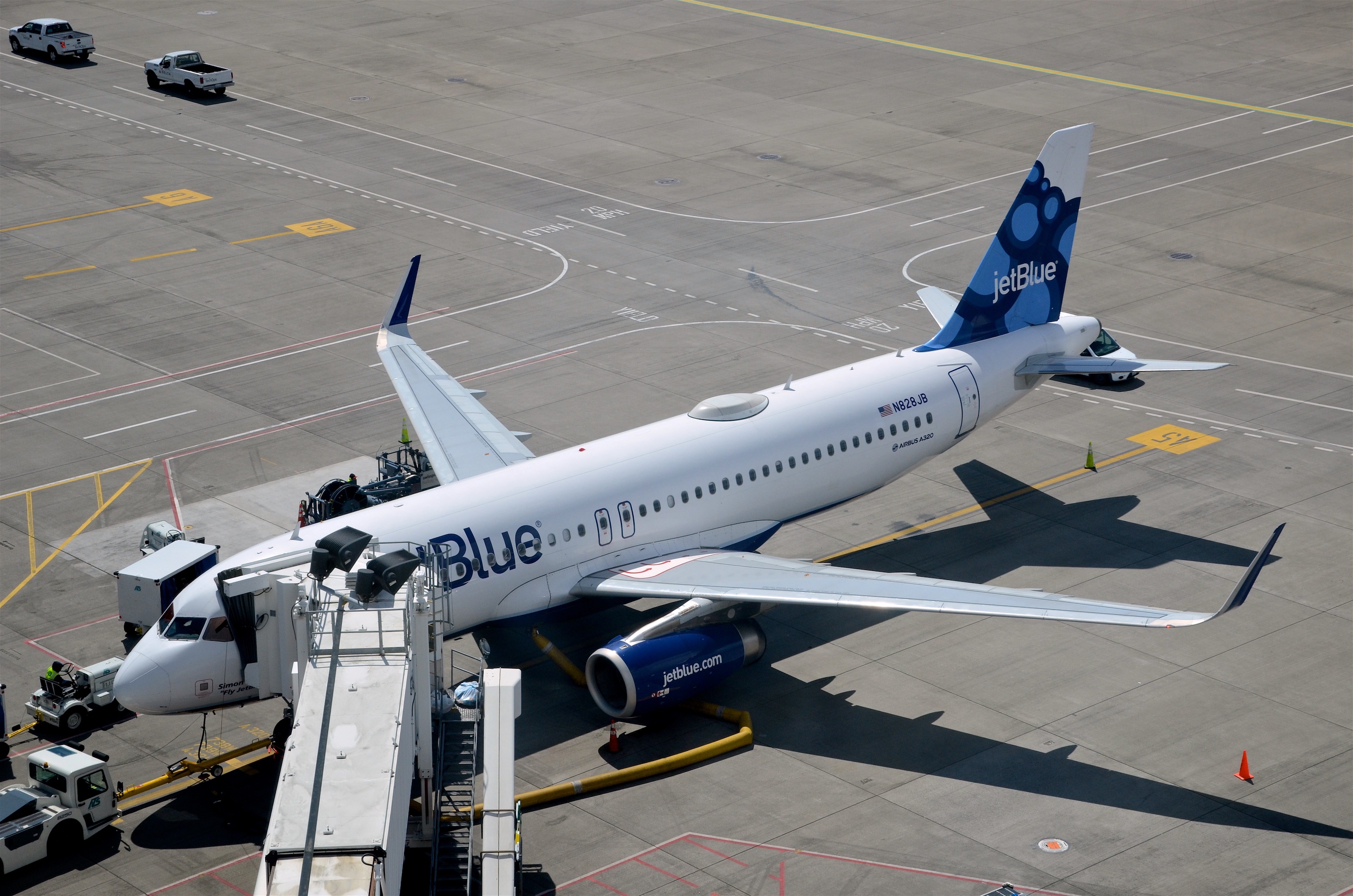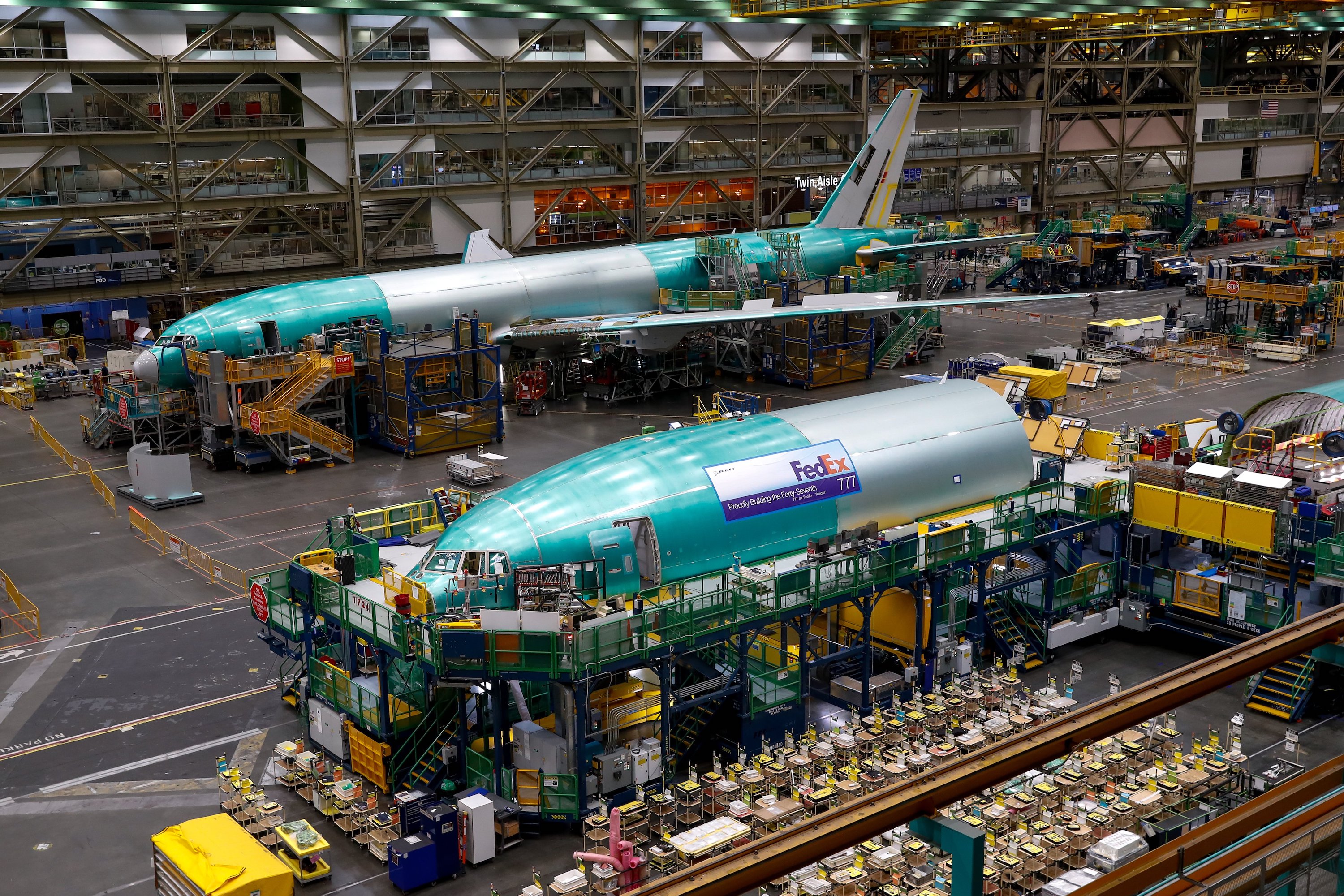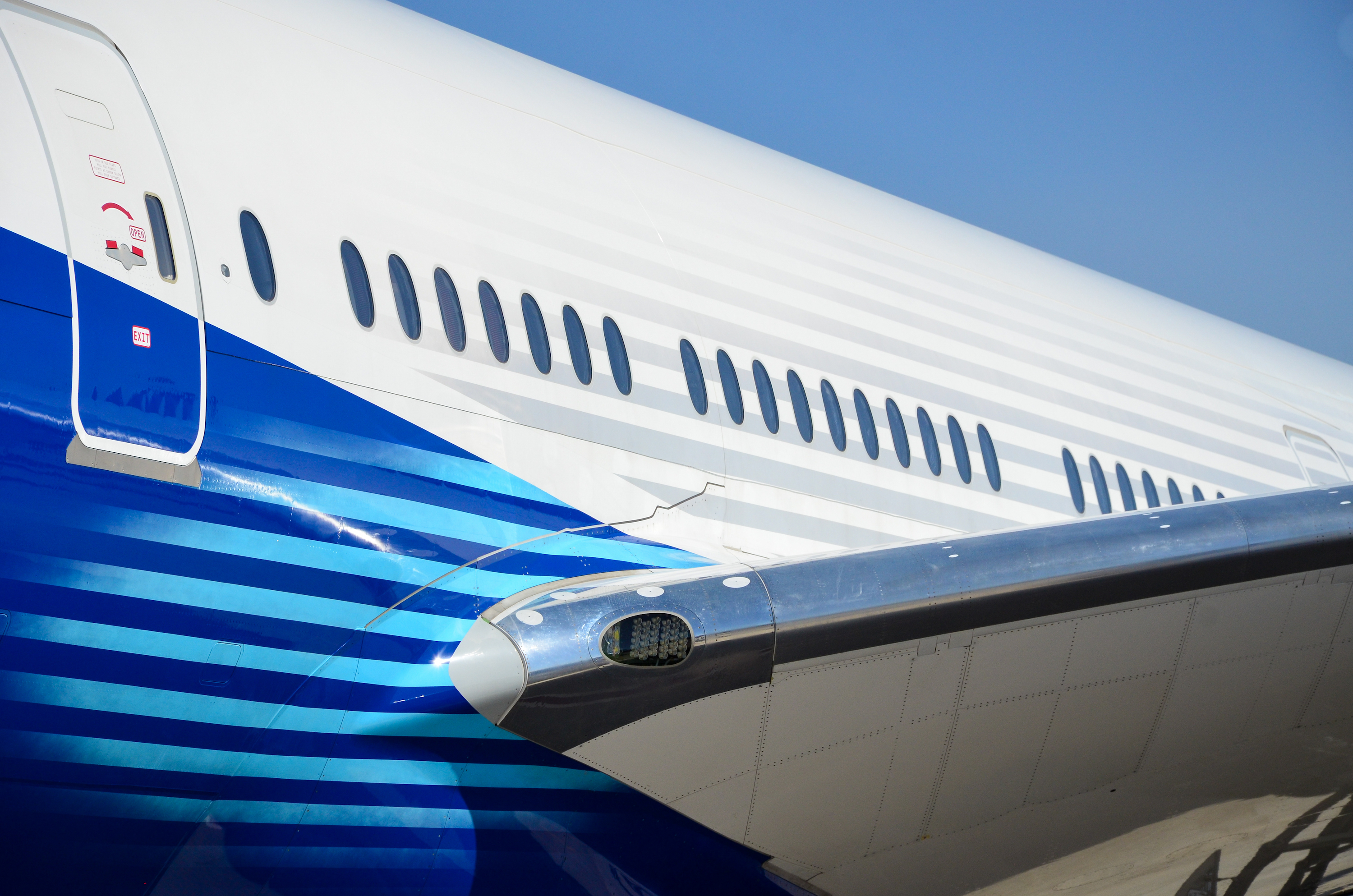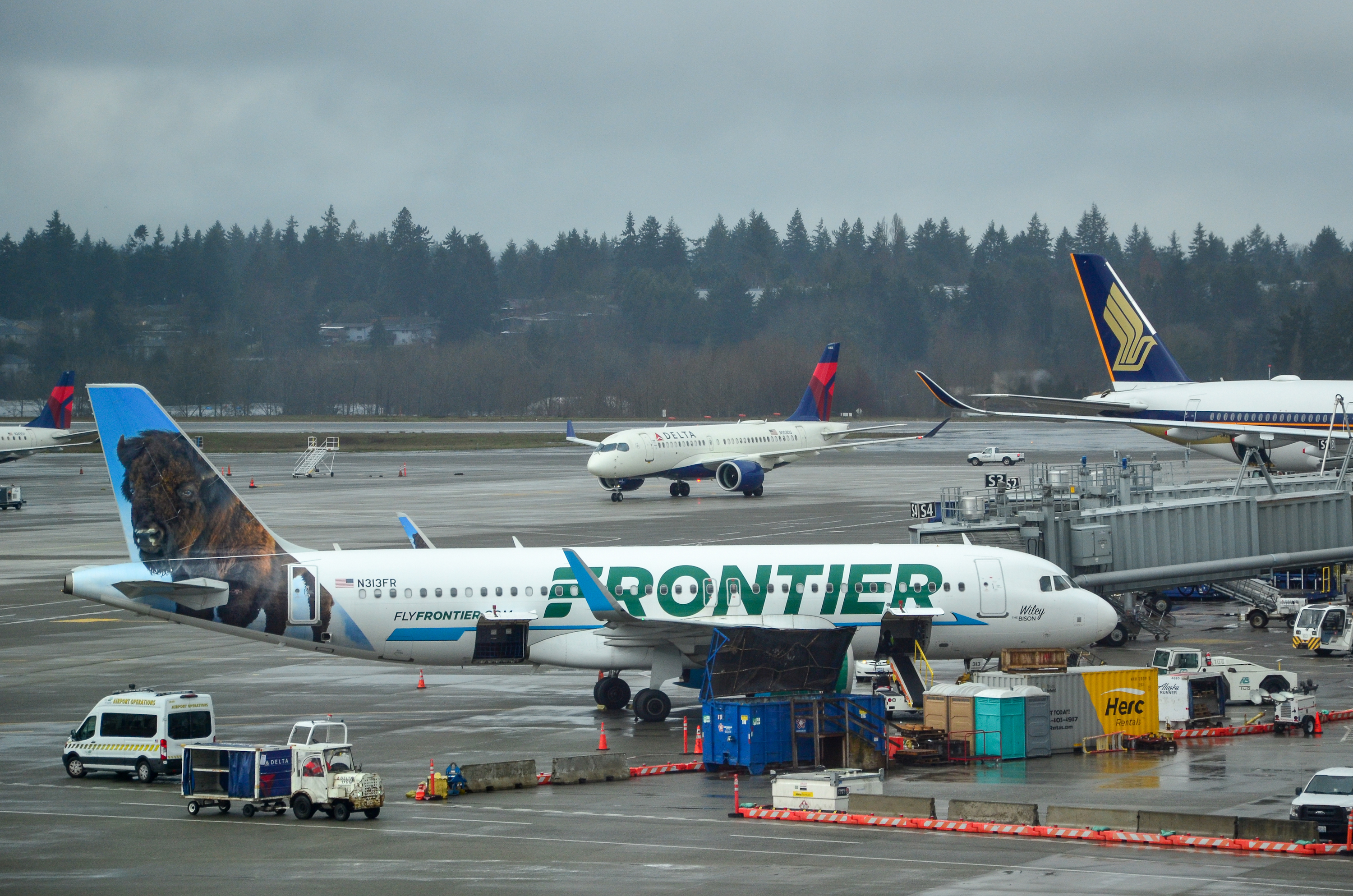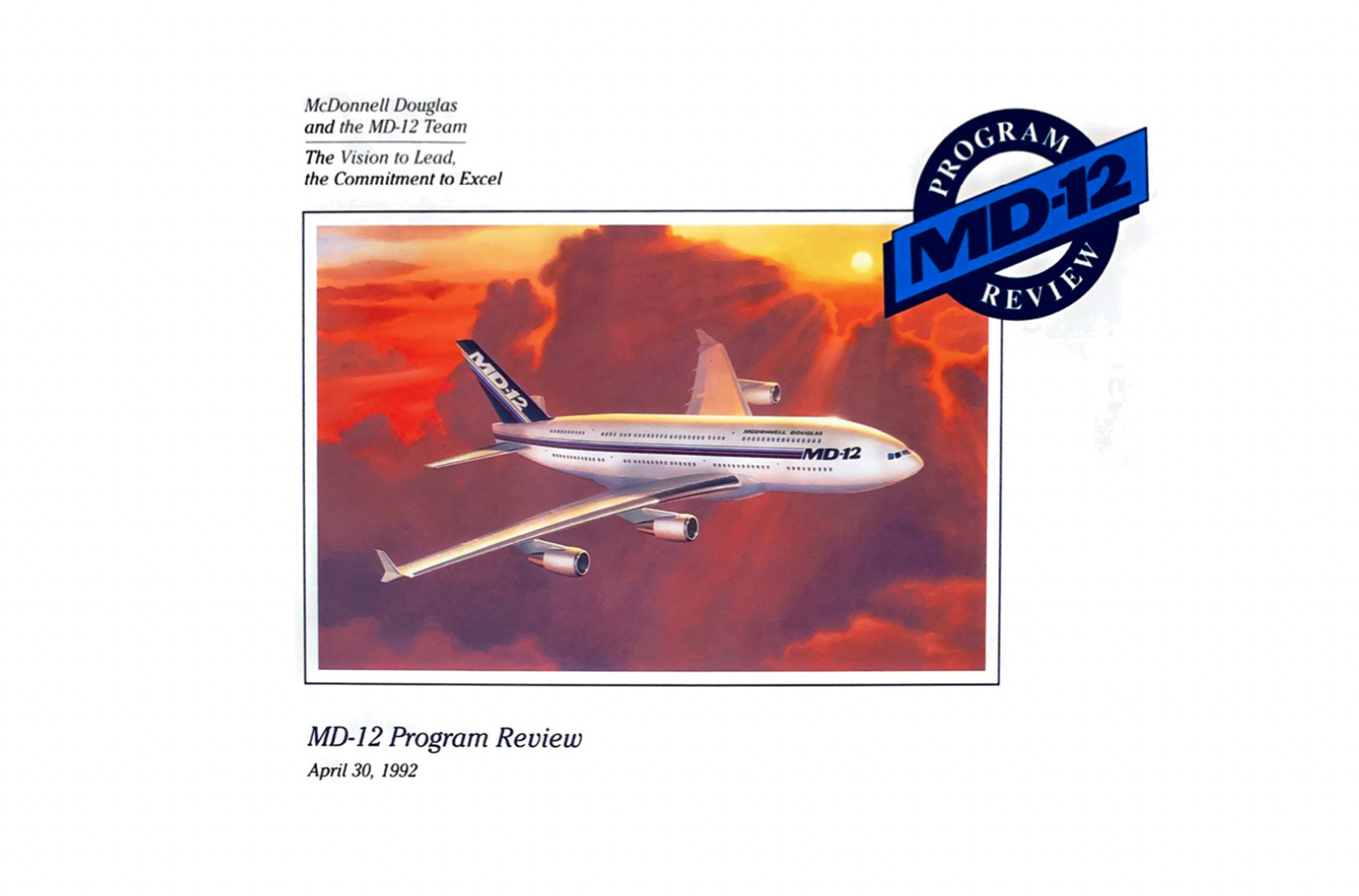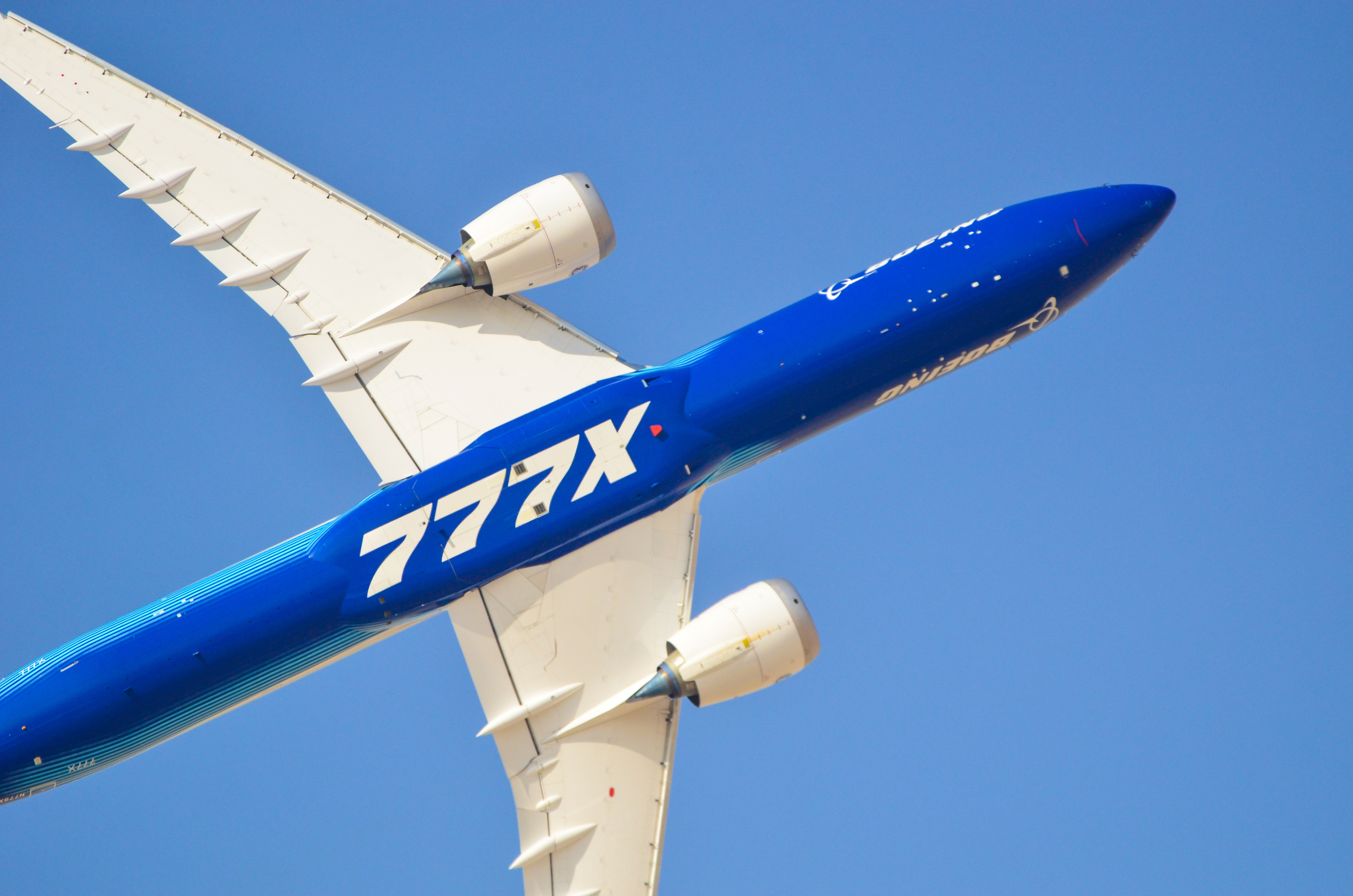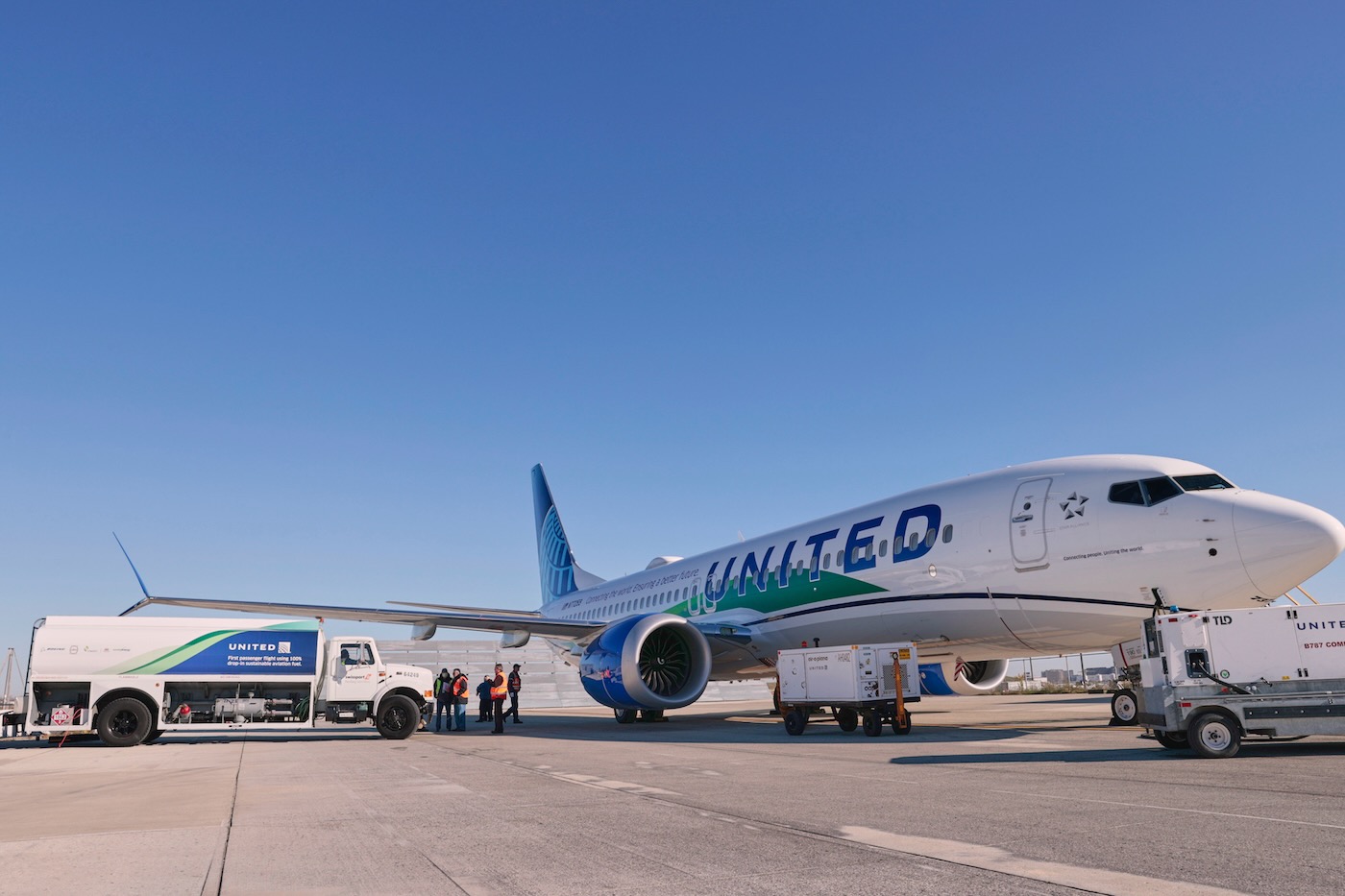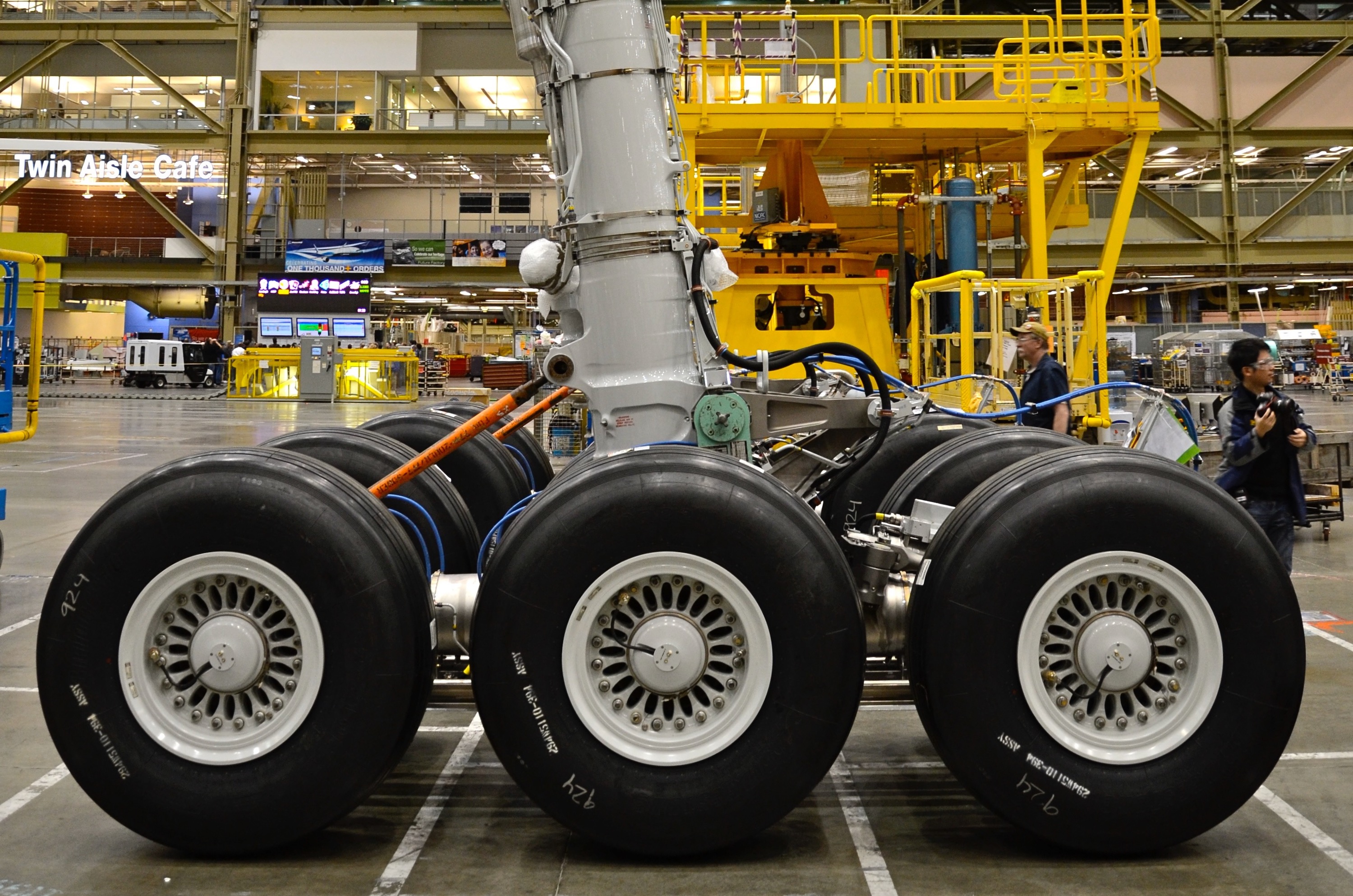Log-in here if you’re already a subscriber HEAR FROM THE AIR CURRENT Leave this field empty if you're human: Within...
Log-in here if you’re already a subscriber Release DateJune 20, 2022Freight boom and delays accelerate Boeing’s 777 converted freighter planPurchase...
Jon Ostrower and Elan Head·
Sign up to receive updates on our latest scoops, insight and analysis on the business of flying. (function($) {window.fnames =...
Log-in here if you’re already a subscriber Release DateJune 2, 2022Inside the convoluted politics of certifying the last 737 Max...
Log-in here if you’re already a subscriber Release DateMay 18, 2022Pentagon has quietly growing doubts about Boeing’s directionPurchase a PDF...
Log-in here if you’re already a subscriber Release DateMay 2, 2022Boeing and Airbus single-aisle workhorses squeeze out regional and widebody...
Log-in here if you’re already a subscriber The first in a series on the history and lessons for Airbus and...
Log-in here if you’re already a subscriber Release DateApril 22, 2022Boeing preps 777X for slip deep into 2024, as it...
Log-in here if you’re already a subscriber In the second of a two-part series, The Air Current explores what it...
Log-in here if you’re already a subscriber Release DateApril 12, 2022TAC Explains: What is sustainable aviation fuel?Purchase a PDF of...
Log-in here if you’re already a subscriber Release DateApril 10, 2022Russian titanium avoids the crossfire between east and westPurchase a...
Log-in here if you’re already a subscriber Release DateApril 1, 2022Boeing slows way down on Chinese 737 Max productionPurchase a...
